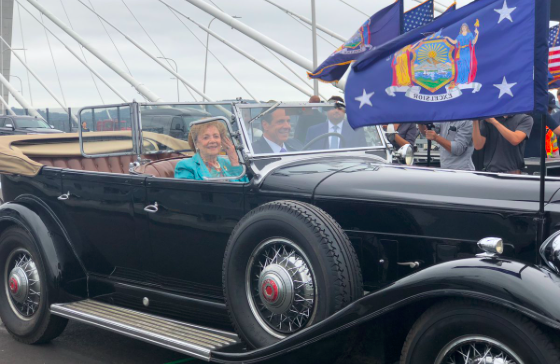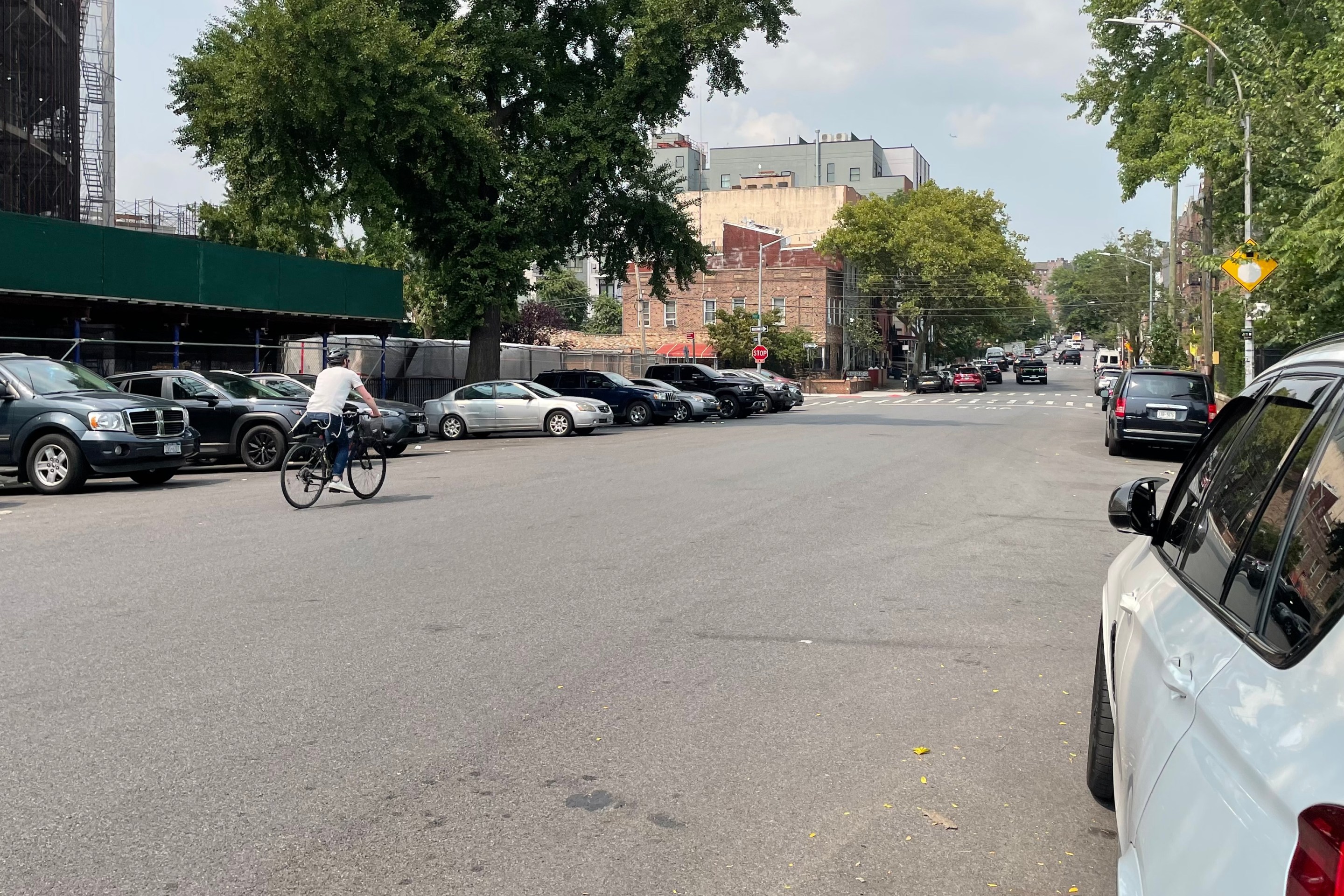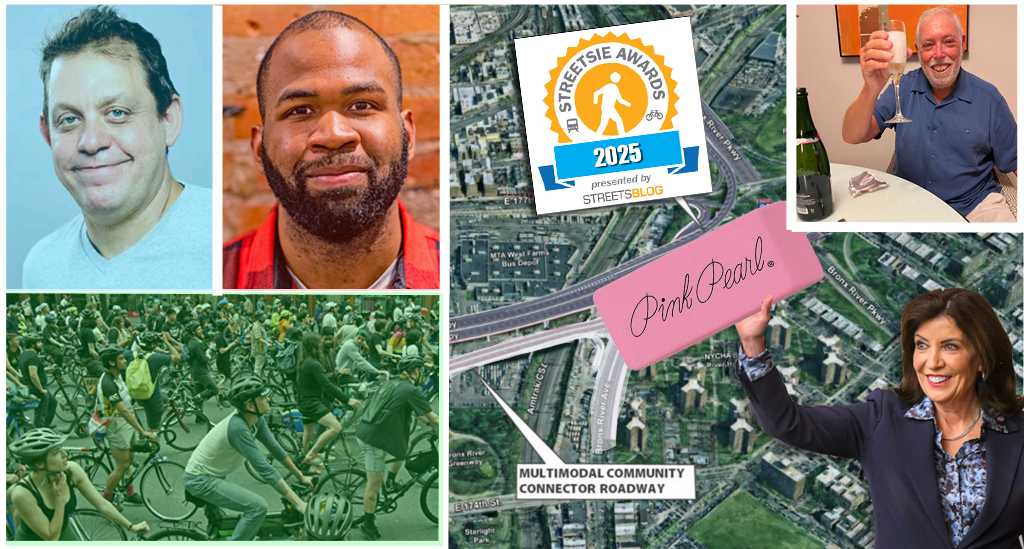New York’s passage of the Climate Leadership and Community Protection Act — America’s strongest climate legislation — sets the state on a path toward greening the way we power and heat our homes, get around town, farm, and transport and manufacture goods.
The law seeks to make our economy carbon neutral by 2050, including a requirement to reduce greenhouse-gas emissions by 85 percent. It mandates that we will obtain 70 percent of our electricity from renewable sources by 2030, moving to 100 percent clean power by 2040. A Climate Action Council of relevant state agencies and public stakeholders from all walks of life will set policy.

Transit advocates know that no discussion on fighting climate change is complete without talking about motor vehicles; now state law has enshrined that principle.
Put simply: Transportation is the number-one source of greenhouse-gas emissions in New York State, and the number-one offender is the internal-combustion engine. It will be a huge challenge, but we need to reduce the use of cars.
There are 11.3 million registered vehicles in New York, the overwhelming majority of which contribute not just to climate change, but also to serious public-health crises, including asthma, heart disease, and traffic deaths.
Technology has provided some fixes. Because conventional gas-powered cars emit 10 times more emissions than electric vehicles, the electrification of cars and buses and other zero-emission technologies can contribute to solving our carbon problem.
Vehicle electrification alone, however, won’t solve the climate crisis. Electric-vehicle batteries require heavy metals, like cobalt and lithium, which will become more rare and expensive in proportion to the rise in electric-car production. Lithium prices have been steadily rising, and increased by 45 percent between 2017 and 2018. Battery disposal also represents a challenge. We are still developing ways to recycle electric-vehicle batteries on a mass scale and, until that gap is closed, they will generate waste.
Realistically, meeting the requirements of the new climate bill will require a reduction in vehicle miles traveled: that is, people will have to get out of their cars and onto public transport, bicycles (or other micro-mobility devices) or their own two feet.
There’s no question that changing New Yorkers’ habits will be hard — but the law will necessitate it. We have to break the car culture; to do that, we must make it easy and desirable to do so.
Fortunately, plenty of alternatives to automobiles exist that can help us fight climate change. Such alternatives are in a much better position to succeed now that New York City has the first congestion-pricing plan in the nation.
Chief among them is a well-funded public transportation system in which subways, buses, and commuter rail work together. Yes, the city’s system desperately needs repair, and other systems across the state need more funds, too. If we are to truly make public transportation an alternative to cars, we must ensure the system runs smoothly and reliably; congestion pricing will help us do that.
Bikes, e-bikes, and e-scooters are also vital to New York’s transportation future, but most urban streets will have to be redesigned for these modes of transportation.
The new climate law and congestion pricing should reinforce each other, however.
As congestion pricing opens up street space in Manhattan for alternative forms of transportation, the new climate law will create a holistic approach to redesigning streets statewide. Policymakers will devise land-use regulations promoting mixed-use streets in order to minimize reliance on personal cars and maximize opportunities for public transit, walking, biking, and other clean forms of transportation.
With a combination of electric or zero-emissions vehicles, a strong public transit system, and street infrastructure that can accommodate alternatives like bikes and scooters, New York will reduce emissions from the transportation sector and meet the requirements of the new law.
Julie Tighe is president of the New York League of Conservation Voters, a non-partisan, statewide environmental organization.






